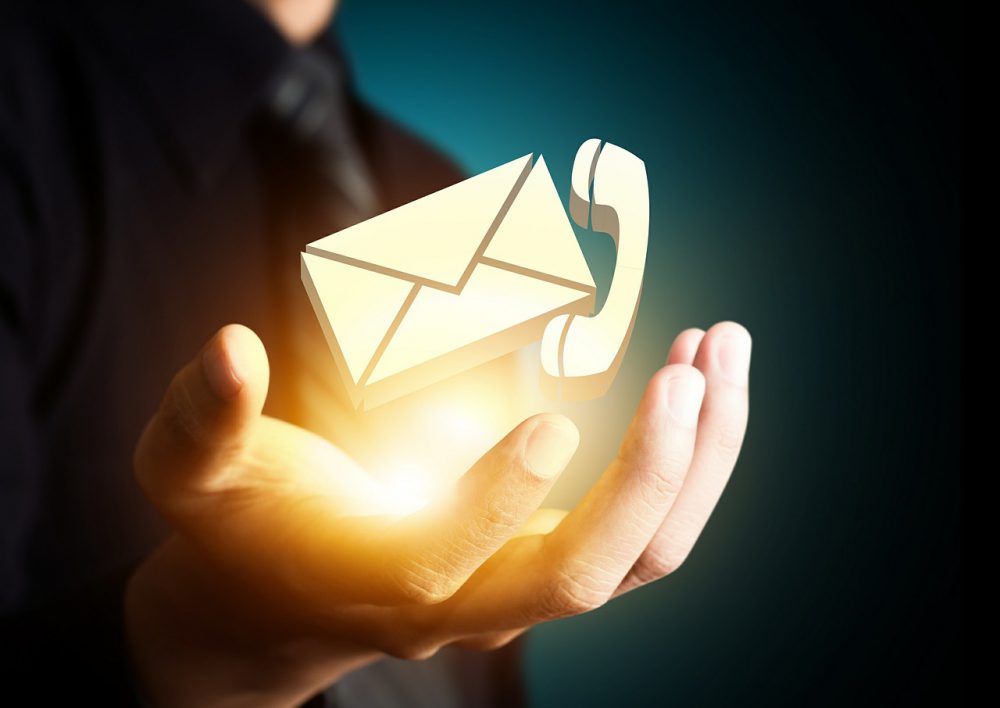The Internet’s rise to power in the late 90s has changed the way businesses interact with customers in an unprecedented way. Online stores and e-commerce websites started a new trend in customer engagement which enabled all kinds of businesses to link up with customers worldwide.
It leveled the playing field between small businesses and large companies by introducing automation and digital customer engagement which replaces many of their routine tasks, and lessened the impact of promotion expenses by harnessing the power of the World Wide Web.
This begs the question whether or not this movement would replace the human aspect of customer engagement. Is it possible for all businesses to be run entirely with automation in the near future?
Pros and Cons
To answer this, we need to look at the possible outcomes of using just one method of customer engagement.
Consider the following pros and cons of relying solely to one method of customer engagement:
PHYSICAL CUSTOMER ENGAGEMENT
Pros
The ability to communicate with customers on a deeper level. This can be accomplished personally, over the phone, or online.
Businesses interact with their clients in a meaningful way, providing answers to specific questions, issues, and concerns.
Cons
A high volume of customers could also mean hiring additional personnel to improve service. This translates to higher costs in running the business (hiring, training, employee benefits, etc.).
Slow response compared to digital customer engagement. Everything is basically a one-on-one engagement.
DIGITAL CUSTOMER ENGAGEMENT
Pros
Repetitive and time consuming tasks are accomplished quickly and easily through automation and CRM tools and applications.
Highly efficient and scalable. Businesses can accommodate a growing number of customers and adapt to their needs without having to hire additional personnel. This translates to lower operational costs and a better chance to compete in the marketplace.
Cons
It requires some experience and technical know-hows of customer relationship management.
Tends to be ‘robotic’ because it lacks the human aspect of customer engagement.
As it turns out, ‘digitizing’ customer engagement is not everything. There are certain aspects of customer relationship that could never be replaced by complex machines and IT services. By the same token, relying only to physical customer engagement will yield an equally unpleasant result.
Avoid Both Extremes
Relying on just one mode of customer engagement is a recipe for disaster. There has to be a delicate balance between the two and they should be used to complement each other.
There are many examples of companies that suffered enormously because of their inability to adapt to the changing trends, particularly with the way they interact with customers.
Tower Records is one example of a business empire that succumbed to the Internet’s rise to power. Online music stores slowly ate up their dwindling customer base until its eventual collapse in 2006.
A post-mortem analysis showed that they failed to anticipate the emergence of online stores like iTunes which sold digital music and music files at a cheaper price. Tower Records overstretched their resources in physical stores and outlets and was unable to come up with a digital alternative in response to the customer’s changing needs.
On the other end of the spectrum, Sears Holdings did the exact opposite with the same catastrophic results. Most of its resources had been used up for e-commerce and other online ventures and left a small portion to its brick-and-mortar business.
As a result, other companies took up that space and the company had lost a substantial market share to its competitors. In seven years time, stock price had gone down by 75%.
We Need Both to Succeed
A perfect blend of digital and physical customer engagement is the key to become a successful business in a highly competitive environment. Whatever shortcomings digital customer engagement has are completely wiped out by its physical counterpart, and vice versa.
To learn more on how you can incorporate the digital aspect of customer interaction to your brick-and-mortar store, visit our website at www.smallbizdream.com and learn how you can grow your business with our suite of tools designed for small business owners like you.


